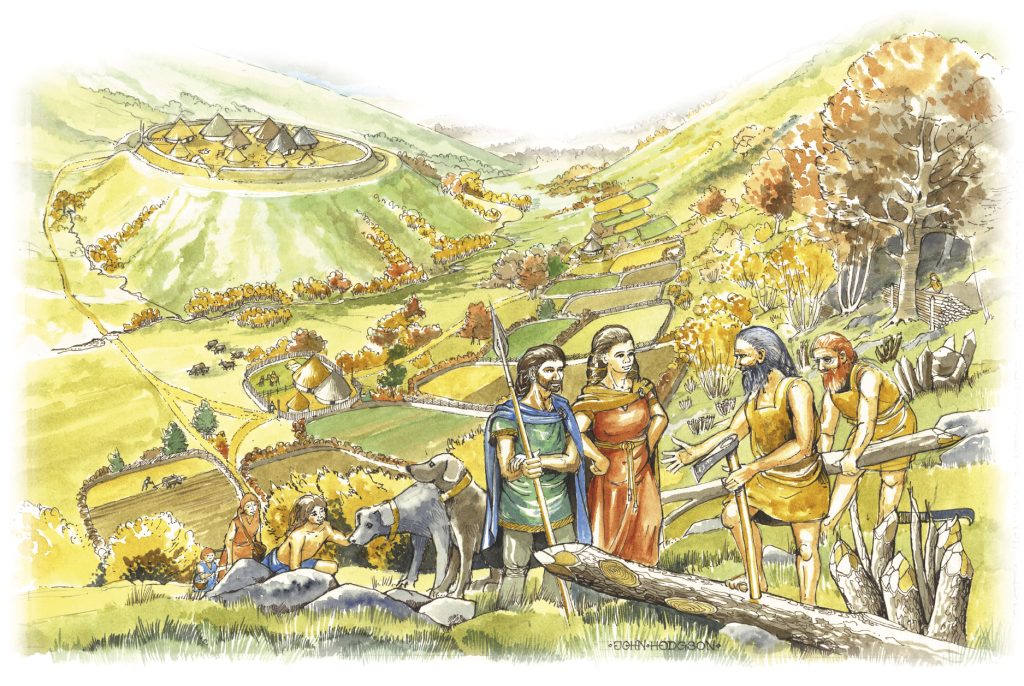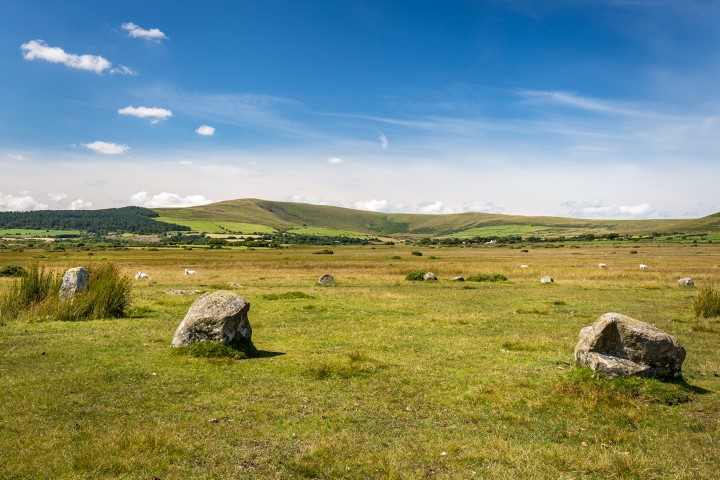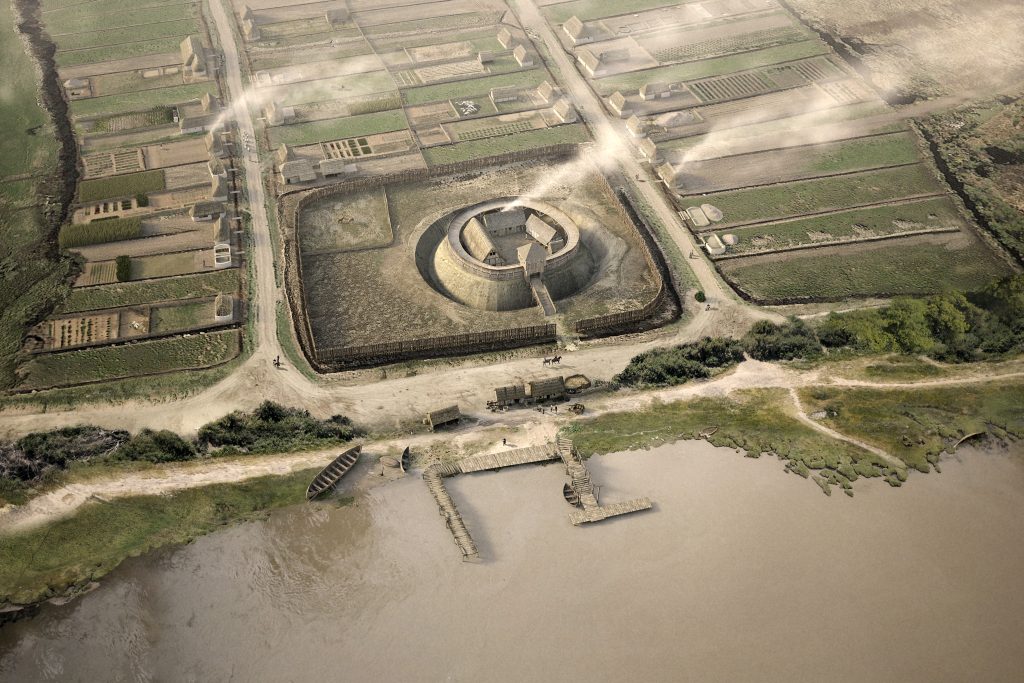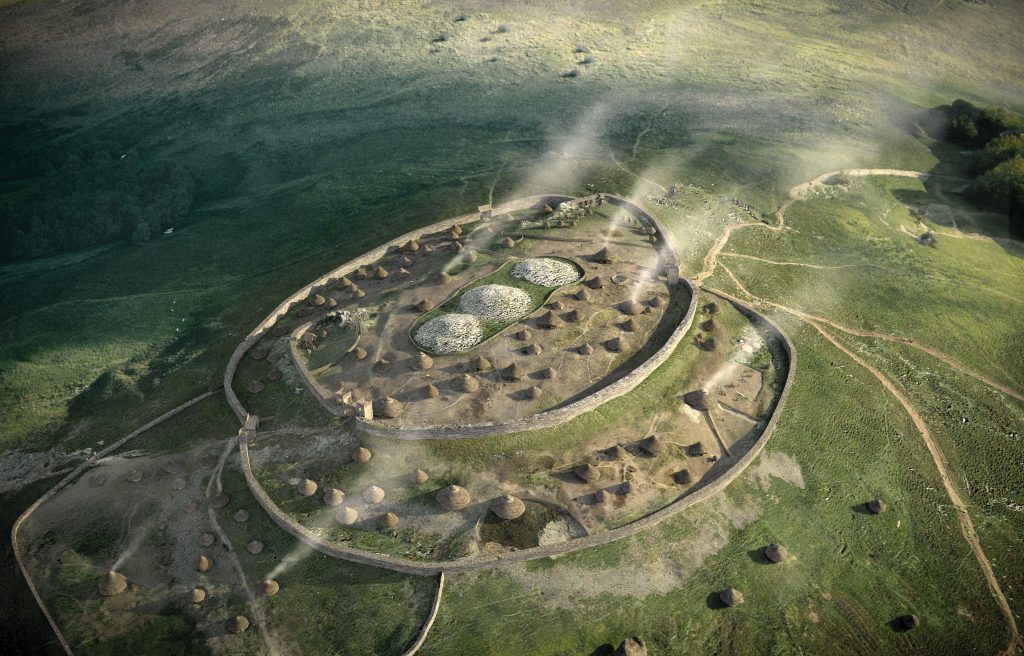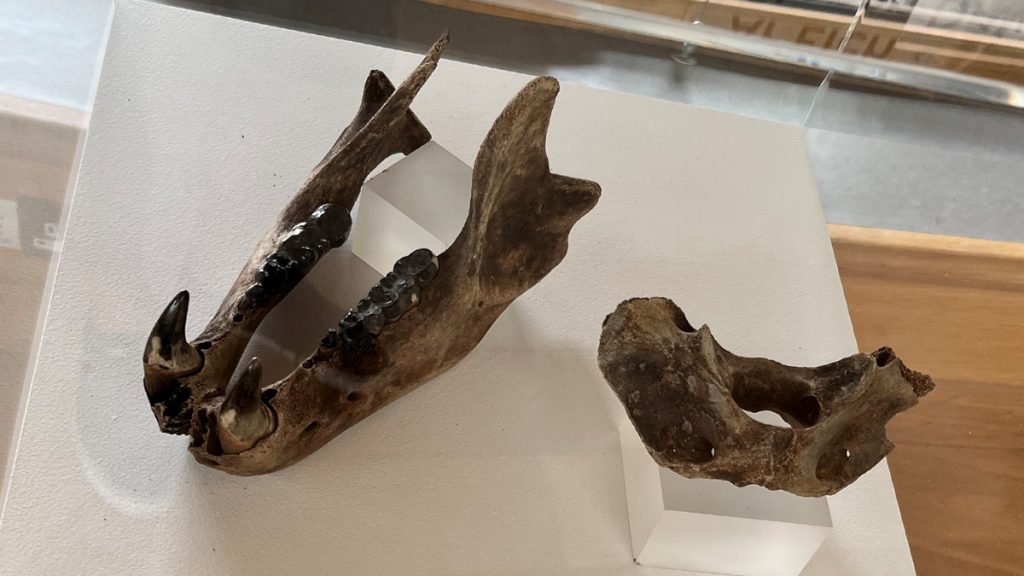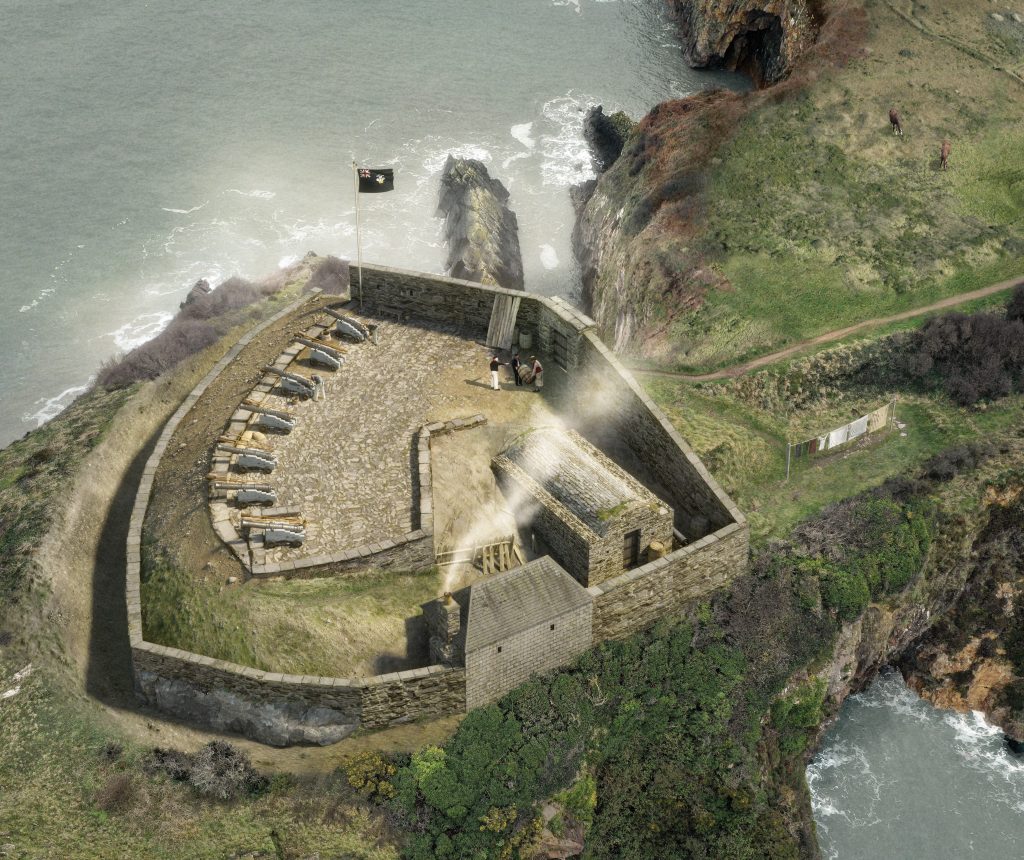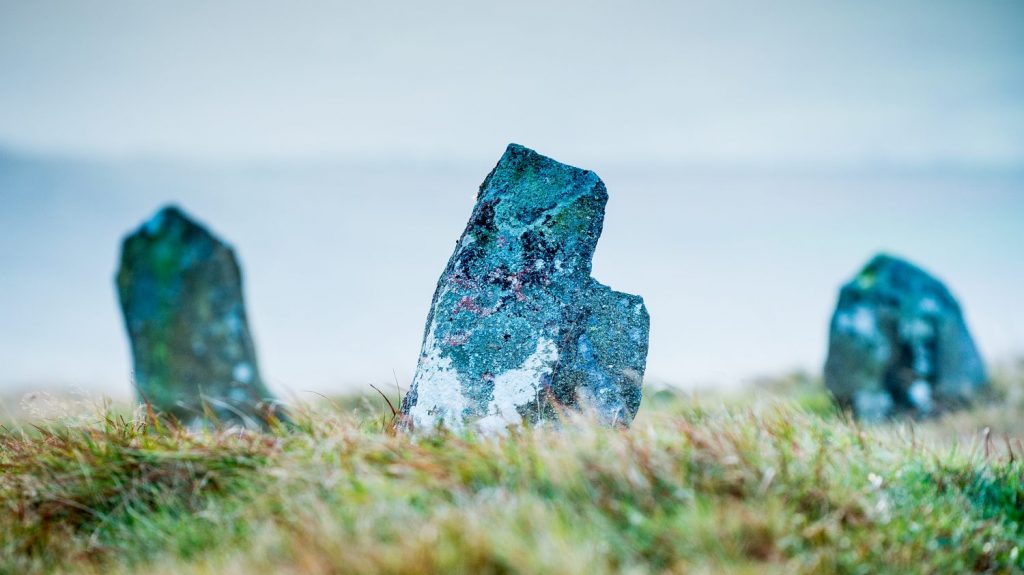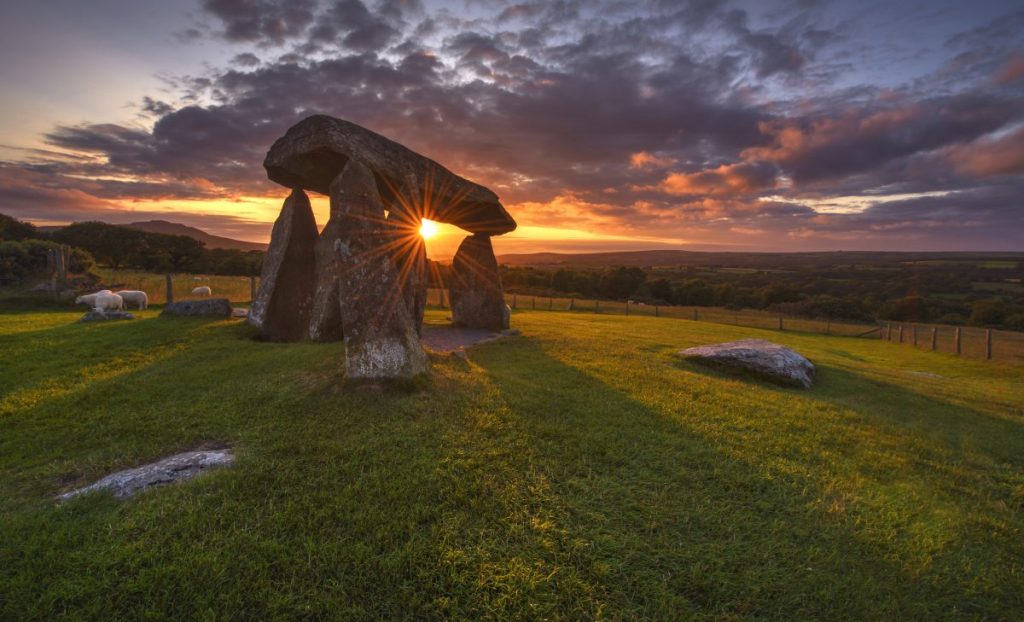Whitesands beach near St Davids has attracted visitors for generations. It’s an idyllic setting for day trips and holidays. But in 2014, when severe storms pounded the bay the makings of a mystery were suddenly and shockingly revealed.
As the storms began to fade and people returned to the beach and some startling discoveries were made. On a site known for surfing and picnics, visitors now found human remains. Some bones stuck out of the dunes; others were loose on the beach but all hinted at secrets deep in the sand.
Although it had long been known that the site had once housed a small chapel and some bones and medieval items had been found before the storms uncovered a great many remains. The chapel and whatever lie under it were demanding a closer look.
Find out more about these fascinating discoveries in the video and information below. Full reports on the excavations can be found on the Dyfed Archaeological Trust (DAT) website (opens in a new window).
The first written evidence of a chapel here dates to 1603 when the Welsh antiquary George Owen wrote:
“Not far off is Capel Patrick full west of St Davids and placed as near his country, namely Ireland, as it could well be. It is now wholly decayed.”
Over time though, as the relentless wind-blown sand covered the site, the decayed chapel eventually disappeared from view – and from memory.
Back in 1924, an excavation revealed the chapel’s stone walls and a small dig in the 1970s discovered five skeletons, some in coffin-like stone boxes called ‘cist’ graves.
But following the 2014 storms, Dyfed Archaeological Trust partnered with the University of Sheffield to begin the site’s largest excavation to date. They knew the chapel and the burials were waiting for them, but what they eventually uncovered would make the St Patrick’s Chapel site one of Wales’s most important archaeological discoveries.
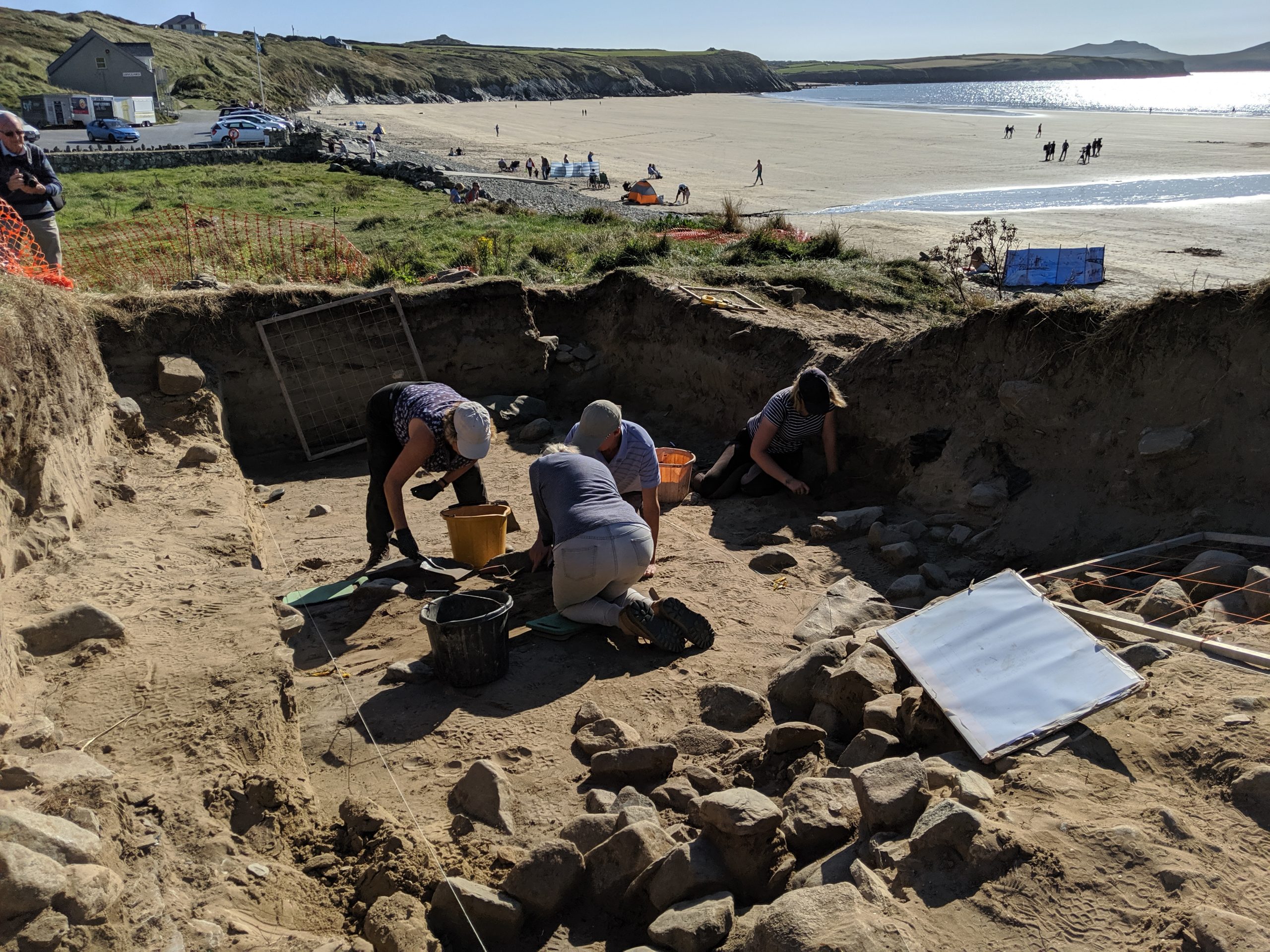
The team returned in 2019 and 2021 with funding from the Ancient Connections project, to do a very comprehensive excavation. The excavation discovered three phases of the site’s history spanning around 450 years – from AD 750 to AD 1,200.
Secrets buried beneath the sands
In the upper levels one of the first things we encountered were the remains of a stone built chapel. St Patrick’s chapel. Probably built in the eleventh century. One of the interesting finds from the site, which was just outside the chapel itself – a small bronze pin, made in Dublin in the eleventh century.
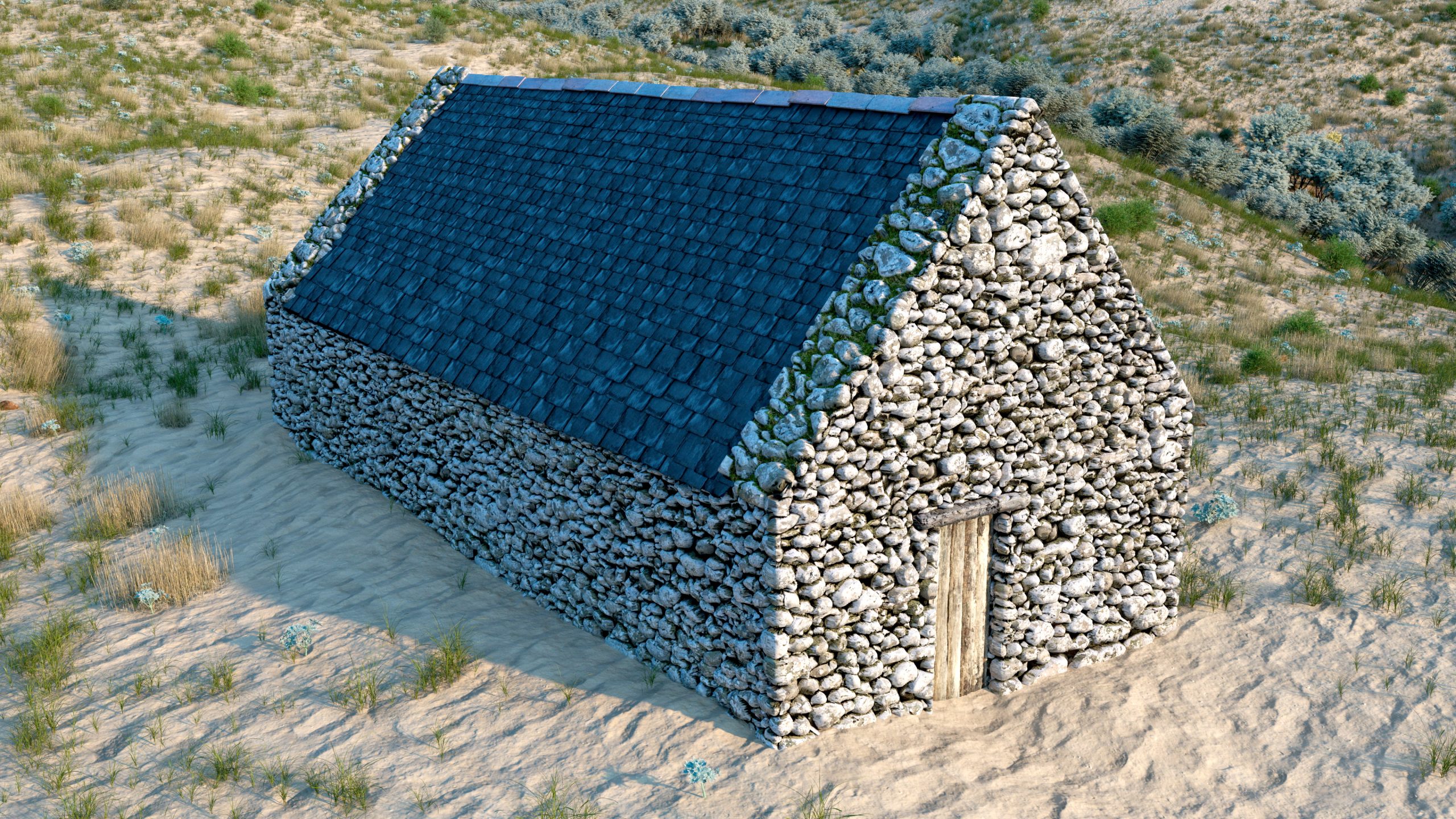
The chapel, however, wasn’t the end of the story. It had been built on top of a cemetery a place where bodies had been buried over a period of around 300 years.
Towards the end of the eighth century a cemetery was laid out. A substantial wall was built as a cemetery enclosure. The earliest graves were simple, east-west aligned graves containing just infants and foetuses. The sand continued to accumulate across the site throughout the 8th and 9th centuries, with layer after layer of graves dug into it.
Later burials include both adults and children. Some were unusual. As the sand accumulated, new burials took place on top of older graves and some of the older skeletons were displaced.
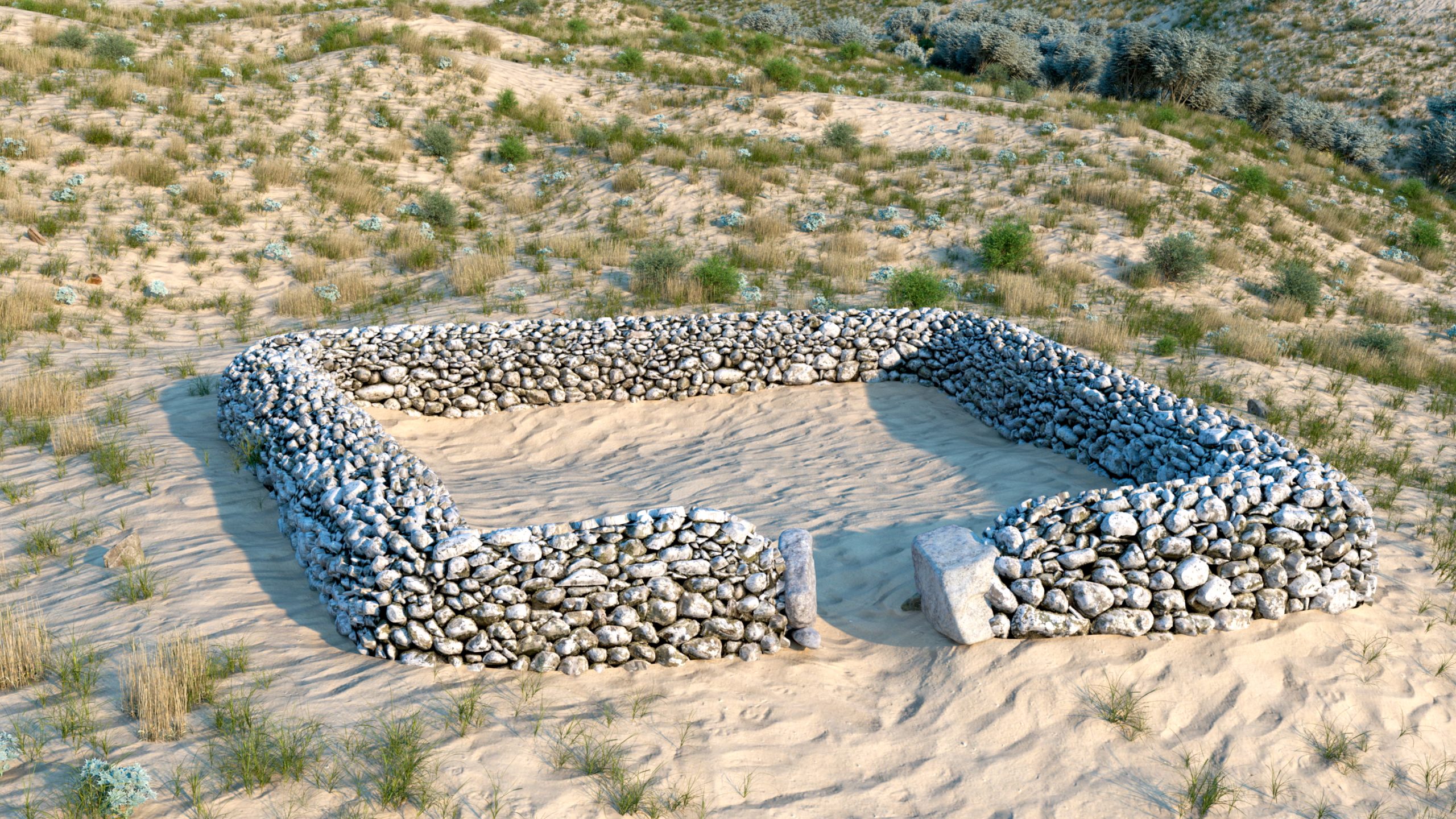
By the end of the ninth century only the tops of the cemetery wall were visible and the cemetery itself had expanded beyond the original enclosure. and the cist graves began to appear.
Some of these had crosses lightly scratched onto the lintel stones. One had a cross stone placed by the head of an infant. Some of the later graves had quartz pebbles or limpet shells placed on top of them so they would have been visible to visitors to the site.
Underneath the earliest graves, the earliest structures were revealed. Deeply buried in the sand an oval enclosure with a central, rectangular structure was found. Outside of the enclosure there was evidence of craft production with objects of bronze, amber and some glass beads of a type which can be matched with ones found in Ireland.
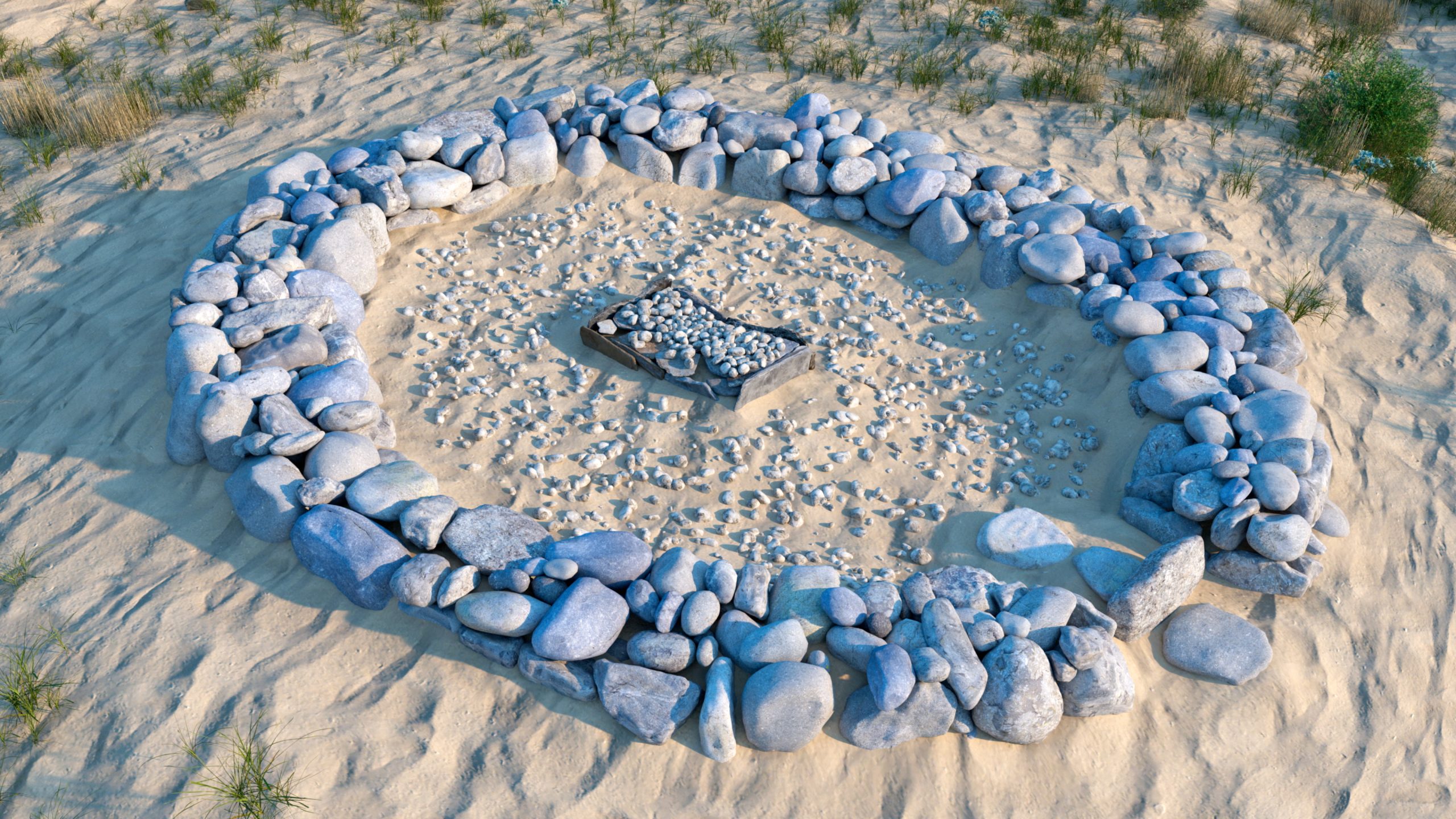
Closer examination of the rectangular structure revealed markings scratched into the stone mostly by unskilled hands.
At one end, there was a fine, interlaced Celtic cross design. There were several unusual markings on the centre stone, among them a figure with hands raised in the ‘orans’ praying position.
Alongside this figure was a checkerboard pattern and several other distinctive markings and an inscription that has so far proved illegible. Another stone had a simple cross scratched into its surface.
These markings are fascinating, but the site had a further secret to reveal. At one end of the structure, on an upright slab, the team found a wave-like symbol, a boat and an inscription reading ‘Donoec’.
The little drawing of the boat, with a spiral, which may be a wave could indicate some sort of sea travel. The name ‘Donoec’ could mean noble youth, or dark warrior. Or it could mean the infant don.
The structure’s function isn’t certain, though it resembles the leachta of the west of Ireland. A ‘leacht’ is a small structure found on early medieval Christian sites typically made from rough, unmortared stones. They may have marked burials, though there’s no such burial at Whitesands, or served as a site for prayer or devotion.
Many finds but questions remain
This was a place where grave was dug upon grave – up to 12 layers of bodies. but why were so many young people buried at this site?
Did the leacht – if that’s what it was – make this spot so important that it became a natural location for a cemetery, and then a chapel, even as the sand continued to blow in?
And why was the chapel eventually abandoned – probably around the early 1500s? Why was it left to decay? Why was it left to the endless encroachment of that ever-drifting, wind-blown sand?
The work e done so far tells us a huge amount about the people who were buried at St Patrick’s chapel. But that’s not the end of the story.
There is still an awful lot more analysis to do, in particular looking at the human remains of the 250 skeletons found at the site. Dr Katie Hemer of University College London is examining these.
As well as looking at the physical remains, we’re looking at the ancient DNA and also, what’s called isotopic analysis which tells us about the people, the lives of people, the diet of people, where they came from, and in some cases, how they died.
So the story continues. It will be several years before this work is completed.
